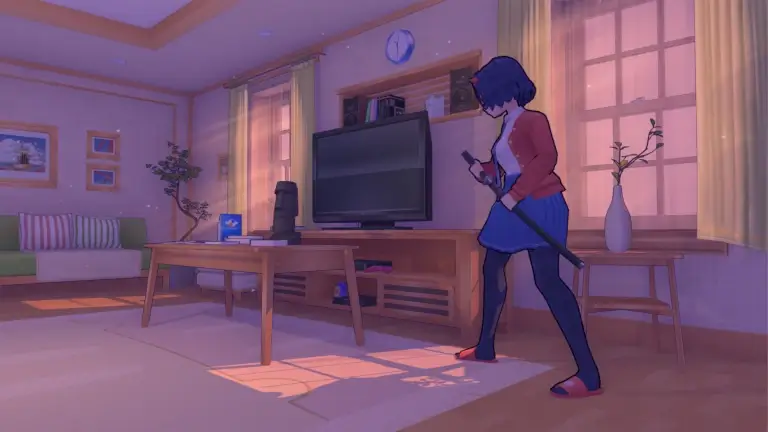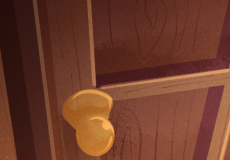

The Kid at the Back
Advertisement
The Kid at the Back is a visual novel that takes place in a small academic setting centered on a single classroom. The player takes on the role of a student who gradually becomes involved with a quiet classmate sitting at the back of the room. The environment never changes dramatically — it remains within familiar school spaces such as desks, hallways, and after-class areas — but the meaning of these places evolves as the story progresses. Each location represents stages of communication, curiosity, and reaction. The atmosphere is built not through movement, but through dialogue and the slow revelation of character behavior.
Advertisement
Similiar games
The Kid at the Back is a visual novel that takes place in a small academic setting centered on a single classroom. The player takes on the role of a student who gradually becomes involved with a quiet classmate sitting at the back of the room. The environment never changes dramatically — it remains within familiar school spaces such as desks, hallways, and after-class areas — but the meaning of these places evolves as the story progresses. Each location represents stages of communication, curiosity, and reaction. The atmosphere is built not through movement, but through dialogue and the slow revelation of character behavior.
Gameplay and Decision System
The game relies entirely on player choice to determine its direction. The Kid at the Back uses a branching dialogue system that tracks how the player interacts with others across multiple scenes.
Core gameplay actions include:
· Selecting dialogue responses that influence tone and relationships.
· Unlocking routes based on consistent behavioral choices.
· Revisiting earlier sections to view alternate dialogue paths.
· Managing outcomes that shift according to player persistence or hesitation.
The player’s control lies in dialogue rather than movement, with each response serving as a point of divergence. Over time, small differences accumulate into distinct narrative routes.
Narrative Flow and Character Progression
The narrative of The Kid at the Back focuses on one primary relationship between the player’s character and the reserved student at the back of the room. Early scenes portray routine exchanges, but these gradually expand into more complex interactions that reveal emotional patterns and hidden motives. Each route explores a different interpretation of the same person — sometimes supportive, sometimes possessive, and sometimes distant. Progression depends on consistency: repeated attention or avoidance produces entirely separate outcomes. The story does not offer a universal conclusion; instead, it allows multiple perspectives on the same relationship structure.
Interface and Presentation
The interface follows a traditional visual novel design. Character sprites and dialogue boxes occupy most of the screen, supported by background art depicting classroom interiors and occasional exterior shots. Menus allow the player to save, load, or skip text to revisit earlier moments. The color scheme and sound design remain subdued, maintaining focus on dialogue pacing and textual rhythm. The visual feedback is minimal but precise — changes in character expression or background tone subtly indicate shifts in narrative direction. The structure is designed for clarity and repeat use.
Discuss The Kid at the Back




















